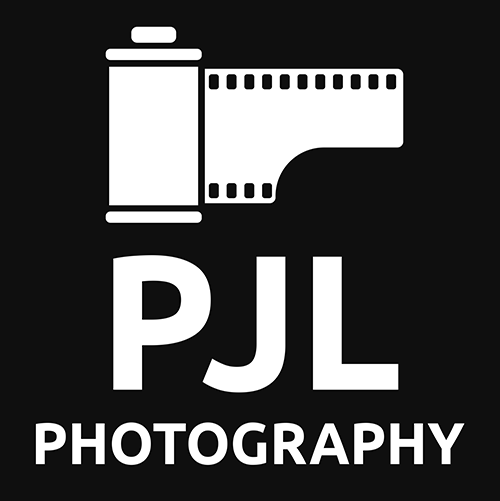
Getting Started in Analogue Photography
Share
The tactile experience of handling film, the anticipation of waiting for the developed prints, and the unique aesthetic qualities of analogue images have attracted a new generation of photographers. If you're curious about delving into the world of analogue photography, this guide will help you get started on a rewarding journey that combines art, science, and nostalgia.
Understanding the Basics
Analogue photography involves capturing images using film and chemical processes. It’s very different to the digital sensors and instant gratification of modern cameras. It requires thought and preparation and before you begin, you should take some time to familiarise yourself with the essential components of analogue photography:
Film Types: There are various film formats, such as 35mm, medium format, and large format. Each has its unique characteristics, including image quality, size, and availability.
Cameras: Analogue cameras come in a variety of types, from classic SLRs (Single-Lens Reflex) and TLRs (Twin -Lens Reflex) to rangefinders and toy cameras. Research and choose a camera that suits your preferences and budget.
Lenses: Analogue cameras often have interchangeable lenses. Understand the basics of focal lengths and aperture settings to make informed choices.

Acquiring the Necessary Equipment
Purchase a camera that aligns with your interests and skill level. You can find vintage cameras at many camera stores, often refurbished and guaranteed. You can also find many cameras on online marketplaces charity and even antique shops.
Choose the type of film you want to use – 35mm is the most accessible but consider medium format (or 120 format) too.
Monochrome, colour, ISO and grain.
Select the type of film that suits your photography style. Colour, black and white, and slide films offer distinct looks. Start with a few rolls to experiment and learn. Research about the different types of film and understand their attributes like ISO and grain.
While some analogue cameras have built-in light meters, an external light meter can help you achieve accurate exposures. There’s plenty of smart phone apps that perform well as light meters.
Mastering the Fundamentals
Analogue photography involves a deeper understanding of exposure, composition, and patience.
Exposure: Learn the basics of shutter speed, aperture, and ISO settings to achieve proper exposures. It’s not terribly complicated: The wider your aperture, the more light you let into the camera and onto the film. The longer the shutter is open, again the more light will hit the film. The higher the ISO, the more sensitive the film is. In dark condition, you might choose wide aperture, long exposure and high ISO. For very bright condition, the opposite. Experiment with different settings to understand their effects on the final image.
Composition: Apply fundamental composition rules, such as the rule of thirds, leading lines, and framing, to create visually appealing photographs. This is no different to digital photography however, with a limited number of exposures and chances to get it right, you find you will be much more considerate of composition before you commit to pressing the shutter button. Analogue photography encourages a slower, more deliberate approach. Take your time and appreciate the process and make each shot count.
Top Tips for Analogue Photography Beginners
- Load and unload film carefully in a dimly lit environment to avoid exposing it to light prematurely.
- Experiment with Techniques. Explore double exposures, cross-processing, and other creative techniques to add a unique touch to your images.
- Embrace the anticipation of waiting for film to be developed. This process can lead to a greater appreciation for each photograph.
- Keep a journal to record your photos, the light conditions and settings you used. It will help learn from your successes and mistake.
Analog photography offers a rich and fulfilling experience that takes you back to the roots of the art form. By understanding the basics, acquiring the necessary equipment, mastering fundamental skills, and embracing the analogue process, you'll embark on a rewarding journey that encourages creativity, mindfulness, and a deeper connection to the art of photography.
